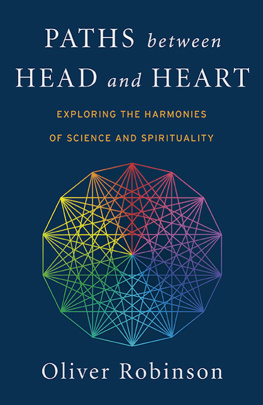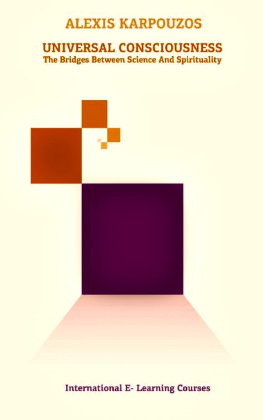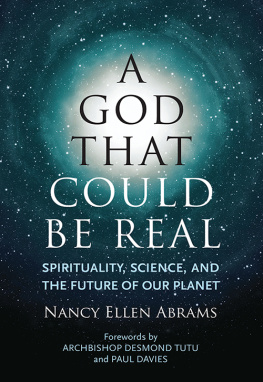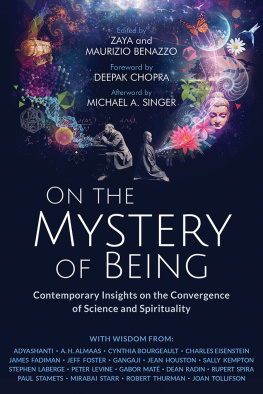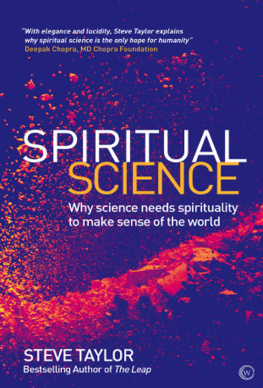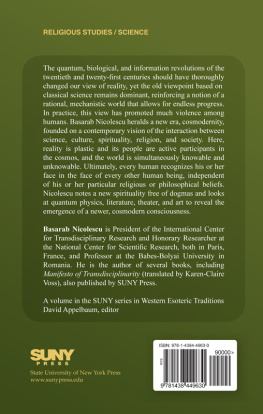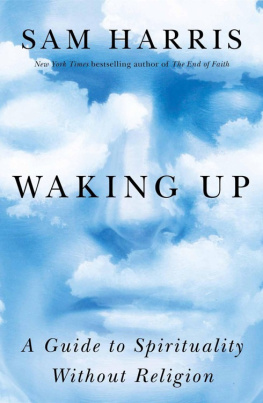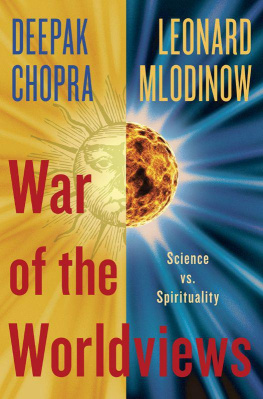What people are saying about
Paths Between Head and Heart
Oliver Robinson is a rare combination of academic rigour and courageous spirituality. We desperately need a spirituality that has a heart but doesnt require a brain bypass. This excellent book gives us a map.
Jules Evans, author of Philosophy for Life: And Other Dangerous Situations and The Art of Losing Control: A Philosophers Search for Ecstatic Experience
As we stand at the brink of a momentous occurrence, the alignment of science and spirituality, there are few credible studies of this phenomenon. Paths Between Head and Heart by Oliver Robinson provides a crucial study of the split between science and spirituality and how, in fact, there is a relationship and continuum between the two. This book is an essential tool for bridging concepts in this field, even providing a way in for the skeptical who will be able to find their place in the holistic model Robinson provides.
Dr. Manjir Samanta-Laughton, author of Punk Science and The Genius Groove
This book explains the paradox of the unity of science and spirituality. Oliver Robinson shows that these two ways of looking at the world, so often seen as opposing forces, actually come from the same source, and we need to hold them in balance. Fascinating.
Jennifer Kavanagh, author of The World is Our Cloister and Heart of Oneness: a little book of connection
Oliver Robinson is an exceptionally perceptive observer of spirituality and its practices, in an age that routinely lacks insight about such matters. He is alert to both philosophical and psychological dimensions, and can bring them together. This is a book that you cannot fail to read without feeling illuminated, provoked and inspired.
Dr. Mark Vernon, author of 42: Deep Thought on Life, the Universe, and Everything, and After Atheism: Science, Religion, and the Meaning of Life
This book plays a vital role in building a bridge between science and spirituality, demonstrating that they are natural partners in the evolution of our understanding of the universe and providing a comprehensive account of attempts to synthesise them. I particularly commend its dialectical structure, which puts the topic in a broader context than usual.
Bernard Carr, Professor of Mathematics and Astronomy at Queen Mary, University of London
The relationship between science and spirituality is a key issue in our time. In this brilliant, wide-ranging and engaging book, Oliver Robinson gives us a fresh take on this interface, proposing an informative new model of complementarity adapted to our age of interconnectedness. He also shows how we can integrate theory and experience, head and heart in our own lives. This is a stimulating and significant contribution to the field, which deserves to be widely read.
David Lorimer, Programme Director, Scientific and Medical Network, author of Whole in One: The Near-death Experience and the Ethic of Interconnectedness
First published by O-Books, 2018
O-Books is an imprint of John Hunt Publishing Ltd., 3 East St., Alresford, Hampshire SO24 9EE, UK
www.johnhuntpublishing.com
For distributor details and how to order please visit the Ordering section on our website.
Text copyright: Oliver C. Robinson 2017
ISBN: 978 1 78279 900 9
978 1 78279 901 6 (ebook)
Library of Congress Control Number: 2017930560
All rights reserved. Except for brief quotations in critical articles or reviews, no part of this book may be reproduced in any manner without prior written permission from the publishers.
The rights of Oliver C. Robinson as author have been asserted in accordance with the Copyright, Designs and Patents Act 1988.
A CIP catalogue record for this book is available from the British Library.
Design: Stuart Davies
Printed and bound by CPI Group (UK) Ltd, Croydon, CR0 4YY, UK
We operate a distinctive and ethical publishing philosophy in all areas of our business, from our global network of authors to production and worldwide distribution.
Contents
For my daughter Leila
A good head and a good heart are always a formidable combination.
Nelson Mandela
Acknowledgments
This book has benefitted greatly from the input of many people who have been generous with their time and wise with their feedback and suggestions. Thank you to Jennifer Kavanagh, Louisa Tomlinson and Alexander Stell for their helpful feedback on the initial book synopsis that was sent to publishers, and to Trevor Greenfield at John Hunt Publishing for his helpful communication through the process.
Thanks to Mark Vernon, Jules Evans, Jim Demetre, David Lorimer, Adrian Hornsby, Andres Fossas, Jonathan Rowson and Bernard Carr for giving their feedback on a draft of the whole manuscript. Thanks also to Nick Shannon, David Luke, Rupert Sheldrake, Eeva Kallio, Cory Barker and Charlie Morley for their feedback on specific elements of the manuscript.
Andras Gyorok, Lyn Robinson, Karina Hanson, Lucy Anker, Ilham Sebah, Nikolay Petrov and Sharath Ram Kumutaavalli have all kindly proofread draft sections at various stages of the writing process, while Elizabeth Radley provided an excellent copy-edit. Thanks to Duncan Turner for his wonderful book cover design, and to Stefania Penzes for drafting the MODI figure diagram in .
Having written the book mostly during evenings and weekends, and needing a space away from home to allow for concentration, I have been a regular presence hunched over my computer or a book in various cafs across South East London over the past few years. So thanks to the Valley Caf in Charlton, the Costa Coffee in Next off Bugsby Way, the Star Express on Trafalgar Road in Greenwich, the Big Boyz Caf in New Eltham, and the caf in the Nuffield Health Gym near Chislehurst, for all being so hospitable.
Finally, my greatest thanks go to my wife Faezeh for her love and support, and for her tolerance of me and my schemes. This one seems to have come to fruition.
Preface
It is 7.30pm on a chilly December evening. My wife is out with her friends, and my 18-month-old daughter is asleep upstairs. The baby monitor is humming quietly on the living room table, and rain is tapping gently on the window. I have a few precious hours to write. Slivers of quiet time such as this, in between the demands of home life and work life, have been vital to my work on this book over the past three years. Researching it has been a gratifying and mind-stretching journey through the annals of natural science, philosophy, psychology, spirituality, and mysticism. I have run out of bookshelf space now, having accumulated and read reams of books in the process of researching this one. So it is just as well that, at the time of writing this, I am close to finishing.
My journey towards writing the book started in the late 1990s at the University of Edinburgh, where I was an undergraduate student in Psychology. In my first year, I chose to study an option course called Science and Society, mainly because it didnt have any exams. It was taught by a wise old soul called David Bloor. He asked us to reflect on the nature of scientific knowledge and to think about how it relates to philosophy, technology and religion. It was the first time I had been asked to think at this level, and I loved it. It was then that I realized my passion for connecting big ideas across disciplines, which has stayed with me all the way through the subsequent two decades, despite the pressures within my academic job towards narrow specialization.

